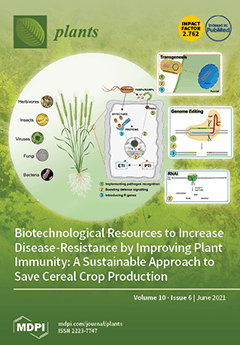Rare earth element fractionation and distribution in the coastal ecosystem have been of significant concern and are recognized worldwide as emerging micro-pollutants. However, unlike other metals such as trace elements, little is known about their uptake by aquatic plants such as the mangrove
Avicennia marina, especially in the central Red Sea. We investigated the fractionation of rare earth elements in six mangrove ecosystems in the central Red Sea and bioavailability in mangrove
A.
marina. The concentrations of rare earth elements, sediment grain sizes, multi-elemental ratios, geo-accumulation index (I
geo) and bioconcentration factor (BCF) vary significantly (
p < 0.05) across the six mangrove ecosystems. Higher concentrations of rare earth elements were recorded at Al Lith (LT) (101.53 mg/kg) and South Jeddah (SJ) (73.38 mg/kg) mangrove ecosystems. However, multi-elemental ratio R
(M/L) reveals positive values. In contrast, multi-elemental ratio R
(H/M) reveals negative values corresponding to fractionation patterns enriched with medium rare earth elements and heavy rare earth elements depletion across the six mangrove ecosystems. BCF values for rare earth elements were <1, but Lutetium (0.32) had the highest BCF among the rare earth elements, suggesting an efficient accumulation of Lutetium than any other rare earth elements. The scale of I
geo revealed strong contamination (4 ≤ I
geo ≥ 5) of sediment with Lanthanum, Cerium, Praseodynium, Samarium, Godolinium, Holmium, Erbium, Ytterbium, and moderate contamination with Thulium, Terbium, and Dysprosium (1 ≤ I
geo ≤ 3). Principal component analysis showed that clay silt sediment grain size influences rare earth element concentrations in the central Red Sea. Our results provide new evidence for rare earth element fractionation and accumulation in sediment and the potential use of mangrove
A. marina for rare earth element monitoring in mangrove ecosystems in the central Red Sea.
Full article






